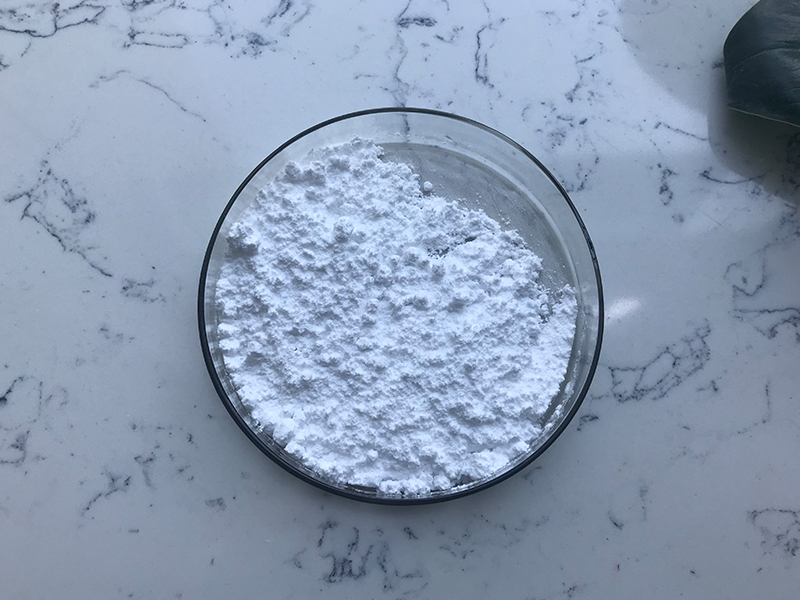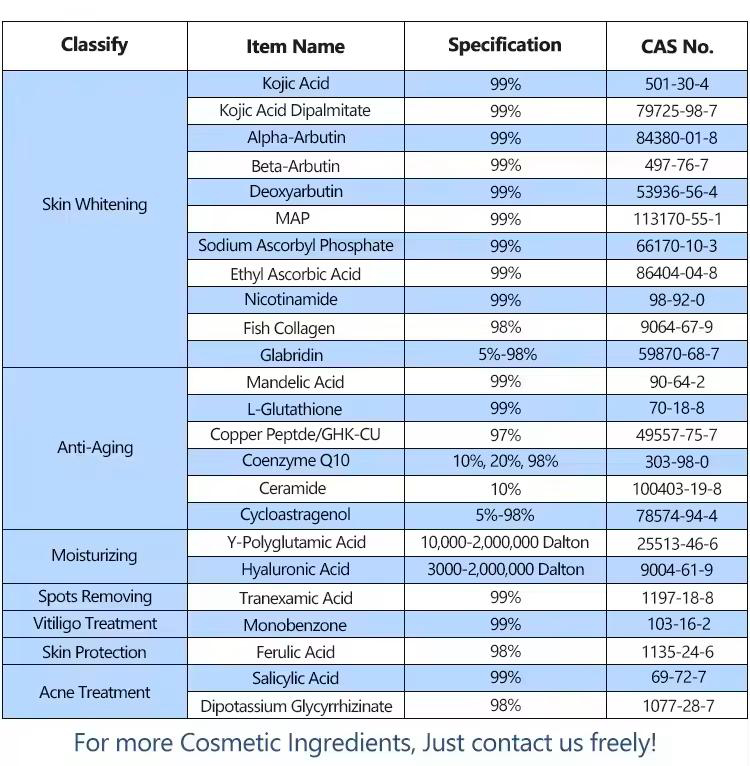S-Acetyl-L-Glutathione (SAG) and Glutathione are both forms of the antioxidant glutathione, but they differ in their chemical structure, stability, and absorption characteristics. Here’s a detailed comparison:
1.Chemical Structure
Glutathione:
Glutathione is a tripeptide composed of three amino acids: glutamine, cysteine, and glycine.
Its chemical formula is C10H17N3O6S.
S-Acetyl-L-Glutathione:
Acetyl-L-Glutathione is a modified form of glutathione where an acetyl group is attached to the sulfur atom of the cysteine residue.
This modification results in a chemical formula of C12H19N3O7S.

2.Stability and Absorption
Glutathione:
Glutathione is relatively unstable in the gastrointestinal tract and can be degraded by enzymes before being absorbed.
Its bioavailability when taken orally is low due to its susceptibility to breakdown.
S-Acetyl-L-Glutathione:
The acetylation of glutathione in S-Acetyl-L-Glutathione makes it more stable and resistant to enzymatic degradation in the digestive tract.
This form can pass through the digestive system more effectively and is believed to be better absorbed into the bloodstream.
3.Mechanism of Action
Glutathione:
Glutathione acts as a powerful antioxidant, directly scavenging free radicals, regenerating other antioxidants like vitamins C and E, and supporting detoxification processes in the liver.
It is also crucial for maintaining the redox state of cells and supporting immune function.
S-Acetyl-L-Glutathione:
Once absorbed, S-Acetyl-L-Glutathione is converted back into glutathione within cells, thereby providing the same antioxidant and detoxifying benefits as regular glutathione.
The acetylation allows S-Acetyl-L-Glutathione to cross cell membranes more effectively, increasing intracellular glutathione levels.

4.Applications and Benefits
Glutathione:
Used in managing oxidative stress-related conditions, detoxification, immune support, and skin health.
Administered orally, intravenously, or through inhalation, but oral bioavailability is a concern.
Preferred for oral supplementation due to its enhanced stability and absorption.
Provides similar benefits to regular glutathione but potentially more effective in increasing cellular glutathione levels when taken orally.
Conclusion
S-Acetyl-L-Glutathione is a more stable and absorbable form of glutathione, making it a preferable choice for oral supplementation. Both forms offer significant health benefits, particularly related to their antioxidant properties and role in detoxification and immune support.
